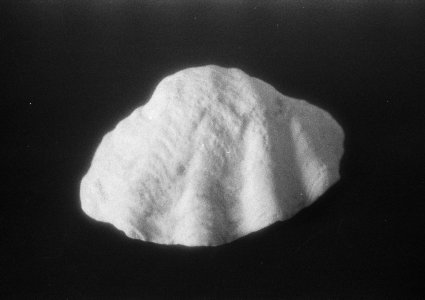Ok so I developed a roll with the reduced agitation method.
This is what I did:
Pre soak 2min.
Tri-X in Rodinal 1+50, 18.5 minutes in 19C (could not get it colder from tap)
30 sec initial gentle agitation
10 sec gentle agitation at 3:30, 6:30, 9:30, 12:30, 15:30
stop at 18:30
Fix 4.5 minutes
I did a some bracketing shots 800, 400, 200 for two different scenes. I used an incident meter for both scenes and made a sanity check with in camera meter. (Nikon FM2, sort of center weighted I think) I scanned the film on my Plustek Opticfilm 120 without any corrections.
Scene1: Outside, tricky scene with the super dark interior of the tent. Horrible overcast weather. The shot at 200 is best. The tent is light brown, not white.



Scene2: A doll, very close to window with overcast weather outside. I like 400 version here. The others are ok I think. One problem is that the Nikon FM2 with Ultron 40/2 only do full stops. Bad setup for scientific tests. I think this scene is exposed slightly brighter than the first.



And here are a few random shots from the roll. In camera meter set to 320.


And here is a couple of super contrasty pictures. Bright white shell on almost black mahogany. I think there is some glow there.


Summa summarum: I think this method is alright. I like the grain structure, and the general look when exposed slightly south of 400. Applying some curves in post could improve them as well. Maybe shooting at 240 is some sort of sweet spot here.
But, is this better or worse than the standard? I really don't know.















